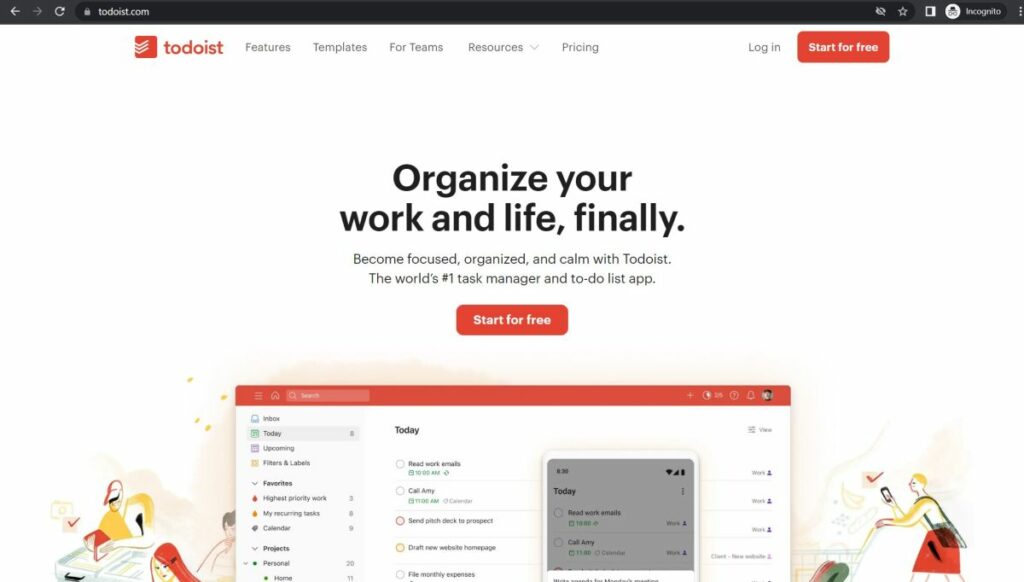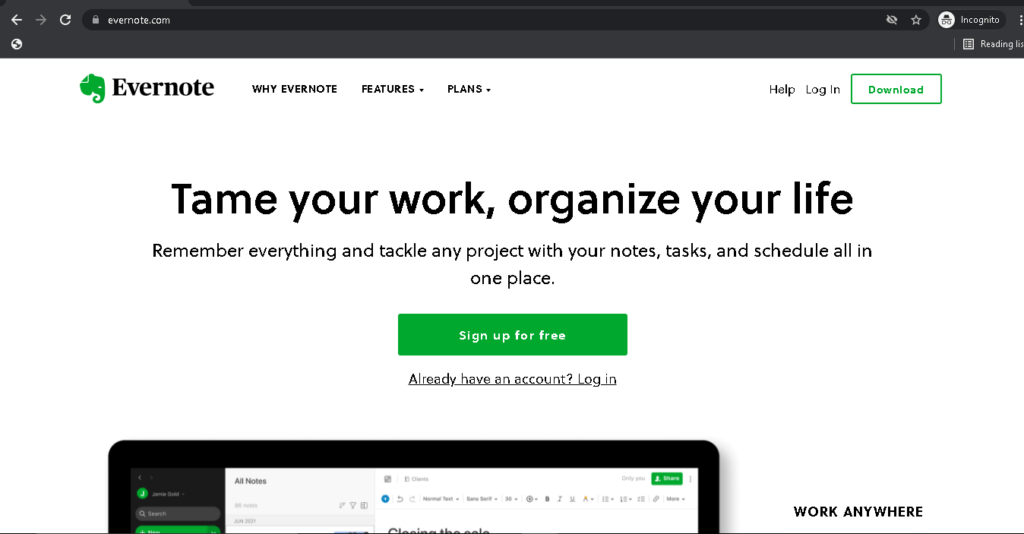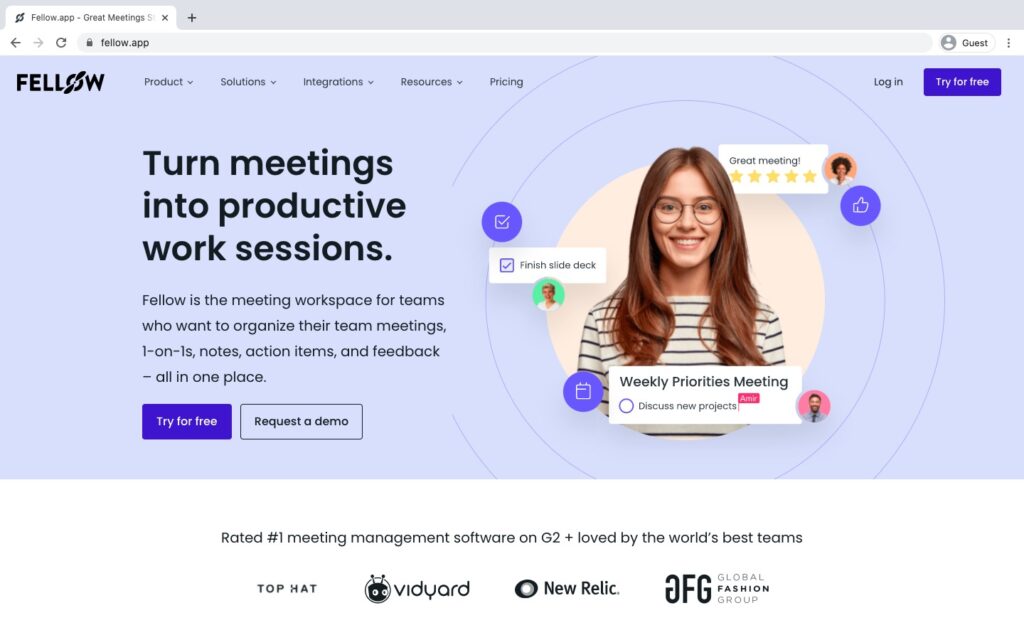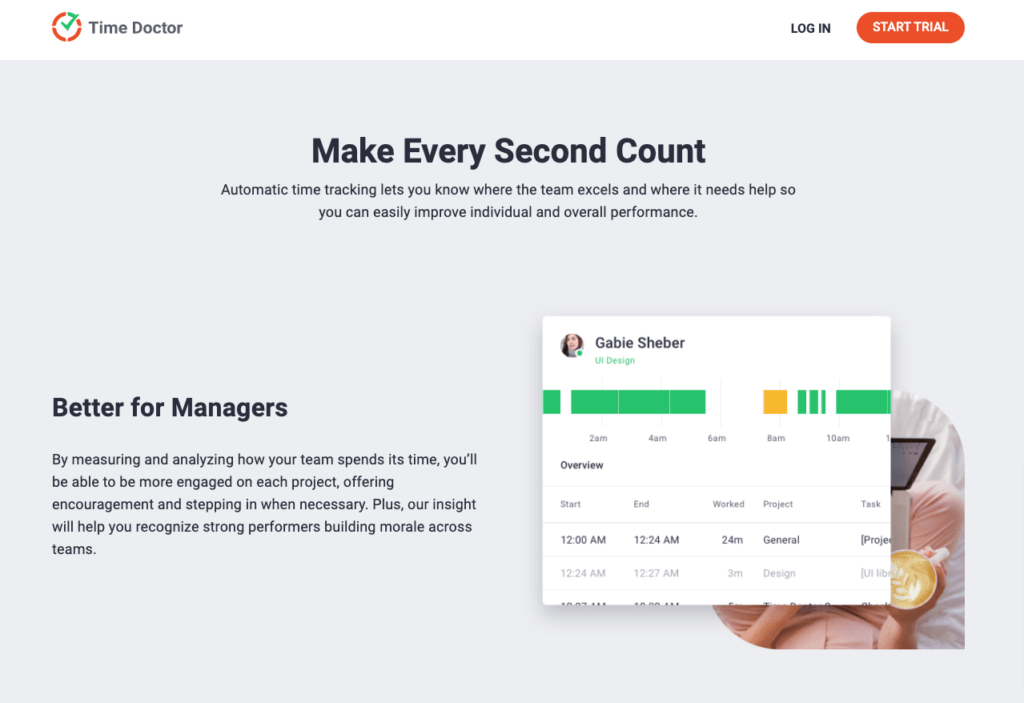If you are like me or like most people, you’ve probably learned to organize and manage your life through your intuition, listening to some advice, trying things, getting some things wrong and others right, until you have found a system that more or less works for you.
In most countries, the current educational system doesn’t teach us how to organize ourselves correctly or what behaviors can help us manage our personal and professional lives in a truly effective way.
The truth is that neither current education, traditional time management models, nor most of the organizational tools available, provide us with adequate help to manage our responsibilities. There are a large number of external commitments, frequently changing and with different levels of complexity. This is the reality we’re exposed to in today’s society, in which we are hyperconnected and always available.
Table of Contents
- The need to use a personal management methodology
- 10 reasons why GTD may be your best option
- How GTD can help you improve your productivity
- The best tools to practice GTD
The need to use a personal management methodology
It’s very possible that there will come a time when the personal management system that you have been developing over the years, with its virtues and flaws, falls short and you feel the need for a more reliable system.
When should you consider investing some time and effort in learning and using a methodology that offers you better results? In any of these cases:
- If you feel that your stress level is high and that you’re feeling overwhelmed at work all too often l. There are too many new things coming to you every day, there are too many changes and you have too many distractions. You have the feeling that there aren’t enough hours in the day for everything you have to do.
- If you feel like there’s no balance in your life. There’s not only an imbalance between your work and your personal activity but also between different areas of your life. You feel that there are areas that you pay less attention to than you should and, at the same time, there are areas that you pay way too much attention to.
- If you are a knowledge worker and therefore a good part of your job is to define what your job really is. That is, you need to capture ideas, acquire commitments, define tasks and projects, and make decisions to achieve the best possible result. That doesn’t mean that you don’t have bosses who ask you for things and demand results, but rather that you’re the one who must establish the path to reach those results. Obviously, if you work from home, have a company, or are self-employed, you’re responsible for defining your work.
If you want your life to have meaning. It’s not just about you being busy, completing tasks, and getting paid. You want the things you do to make sense, and serve certain purposes, principles, and values. And you want those higher horizons to be present in what you do daily. - If you want to grow on a personal level, be more effective and productive, get more out of life, your relationships, and your career. You want to do the right things. That means improving the quality of your thinking, getting good results, and improving your life as a result; perhaps a promotion at work, a raise in salary, or more free time to enjoy the things you like and with the people you love. You’re aware that if you’re more effective you will have more quality time — you’ll use your time better and it’ll be more rewarding.
10 reasons why GTD may be your best option
In addition to your particular way of doing things, there are other personal management strategies that can help you be more effective. Among all of them, Getting Things Done (GTD) is probably the most widespread and the most complete, since it defines a workflow that covers all aspects of work and also of personal life. There are good reasons why it’s the most widespread method:
- In real situations and with real people, GTD has been empirically developed, tested and validated for years. David Allen, the creator of the method, looked at what personal management techniques worked and why. Many of these techniques were later backed up by science.
- GTD is a formula that will allow you to calmly face anything you may encounter in life. It will teach you how to evaluate, accept, and integrate each input in your life, without overreacting or underestimating its importance.
- Almost any tool you’re comfortable with can be used to implement GTD’s principles, from notebooks to task management software.
- Common sense is at the core of GTD. Even though its practices are far from simplistic, they are based on fundamental and universal principles.
- GTD is a complete system. The five-step workflow keeps you in control of your day-to-day activity, while the six levels of perspective help you keep the right focus on your commitments.
- The GTD method allows you to begin gradually with whatever you already have. You just have to collect an accurate inventory of the commitments that make up your current reality and start applying the basic principles to get the feeling that in each moment you are doing what makes the most sense to do.
- Although GTD provides enough structure to cover complex situations, it also offers flexibility and perseverance so that a stable system can be maintained throughout a variety of situations and stages.
- Modern life is full of surprises and changes in priorities, which GTD is designed to deal with.
- GTD is not a time management tool. Time is what it is, you can’t manage it. GTD allows you to manage yourself, your attention, and your actions.
- GTD treats your work and personal life equally.
How GTD can help you improve your productivity
GTD is a personal management method, quite different from any other. Known as the art of stress-free productivity, instead of focusing on time management —like calendar-based systems— or task management —like to-do lists and priority-based systems— it focuses on helping you manage your internal commitments in an effective way.
It’s based on the premise that your productivity is directly proportional to your ability to relax. Knowing how to be relaxed and being able to concentrate on what has to be done, when it has to be done, and reacting in the right way to each thing, is a skill that makes a difference in any field. But how does GTD help you achieve this? Here are some keys:
- It’s possible that, like everyone else, you have a lot of pending stuff about your work and your life going through your head. The fact of always thinking about what you have to do is totally unproductive, it just distracts you and causes stress. One of the basic behaviors of GTD is to capture all that stuff out of your head, in a trusted place. The freer your mind is, the less stress you will endure, and you will be able to experience greater creativity.
- GTD encourages you to do each thing in its own time, without mixing stages. There is an ideal time to clarify your things and make decisions, another to organize your actions and support material, and another to review your system. Each stage requires a different mindset.
- It‘s a structured system in which changes are accepted and expected. Plans can change, be interrupted, or canceled. When you assume that this is part of reality, you eliminate a good amount of frustration. This ability to adapt allows you to regain balance when things change, lose the fear of the unknown and gain stability.
- By considering not only your day-to-day tasks but also your areas of responsibility, your medium-term goals, and your vision of life, you can easily distinguish the important from the urgent and make better decisions. By avoiding urgencies, you eliminate a great source of stress and can focus your attention on what is really worthwhile.
- The Weekly Review is another fundamental GTD feature to fight stress. By reviewing all of your open loops weekly, updating the information, and establishing the next actions for each project, you face the week with the peace of mind of having everything under control and knowing that there is always room for what may arise.
- You always have a frame of reference to choose what the next action to take will be, and although your decision may not be the best, in a stress-free environment, following your informed intuition will allow you to be right almost every time. And when you don’t get it right, you’ll be ready to just change and adapt to the new situation. In either case, making these decisions gives you clarity and eliminates confusion.
- As you use GTD, you get feedback that causes your control to increase and your stress to decrease. It’s kind of like when you learn to drive. At first, you do it with a lot of tension and you’re worried about everything. When you’ve been driving for a few months, you do it completely relaxed and that, in turn, allows you to drive better.
In short, the GTD workflow consists of five stages in which you:
- Capture the stuff that catches your attention.
- Clarify what these captures mean to you.
- Organize the results intelligently.
- Reflect often enough to have a complete and reliable system.
- Engage, choosing to do in each moment what makes the most sense to do.
The best tools to practice GTD
The best tool to implement your GTD system is any that allows you to do it comfortably, with as little friction as possible. GTD experts say that it’s convenient to start implementing the methodology with pen and paper or with any low-tech system because by doing this you can focus on the methodology itself and the habits that you must establish. This avoids the distractions and contamination of the method that certain features of the apps inadvertently introduce.
Having said that, there will surely come a time when the manual transcription of all your activity slows down your productivity and you’ll find yourself in the need to look for some software that makes things easier. Here you have some options:
Todoist

This is a simple to-do list application with which you can implement the GTD methodology. For this, you will need to map the necessary components to do GTD with the features of the app. You can use GTD with pretty much any to-do app on the market, and you’ll even find official guides for adapting tools like Todoist, Omnifocus, Trello, Evernote, etc.
Evernote

If you’re more into using a note-taking app than a to-do list, Evernote is a great option. It provides enough features for you to organize your thoughts comprehensively. Again, you will need to adapt the tool to the GTD structure and workflow, but you can find support in the official guides.
FacileThings

It is an application specifically designed to be used with GTD, so all the necessary lists and components are already created, and the workflow is built into the app. This makes it an ideal tool for beginners, as it pushes you to adhere to personal productivity best practices without even realizing it. Its design is based on the GTD workflow (capture, clarify, organize, reflect and engage), and most processes are embedded in the app, so you don’t need to have the GTD structure in your head to maintain a good organization.
Although GTD is essentially a personal management system, more and more organizations, companies and work teams are trying to incorporate the GTD culture among their members. If it’s your case, you can enhance the benefits of GTD with other productivity apps like:
Fellow App

With Fellow’s real-time notetaking and templates, teams can collaborate more effectively and have productive meetings. Teams can make to-do lists for all meetings, conclude meetings with a clear action item and takeaway and also maintain a history of work interactions and feedback.
Time Doctor

It allows managers to track their employees’ time and know about the time spent on each project, client, and task, regardless of whether they are working on-site or at home. Moreover, it’s a tool that shows users how much work they actually get done in a day based on their level of focus and importance.
Conclusion
As we’ve seen, GTD has been proven effective in business as well as personal life. It helps you create order out of chaos, whether you are trying to organize your day or make better decisions.
Try GTD as a personal management methodology to get organized, stay focused on what matters most in your life, and achieve more in less time.

Francisco Sáez is the founder and CEO of FacileThings. He is also a Software Engineer who is passionate about personal productivity and the GTD philosophy as a means to a better life.


